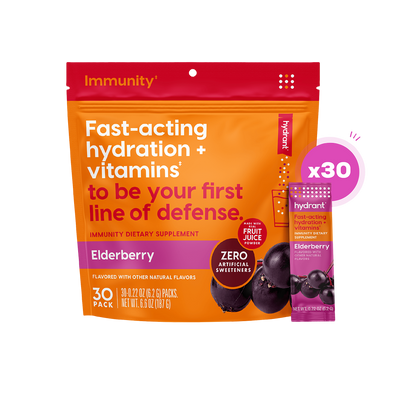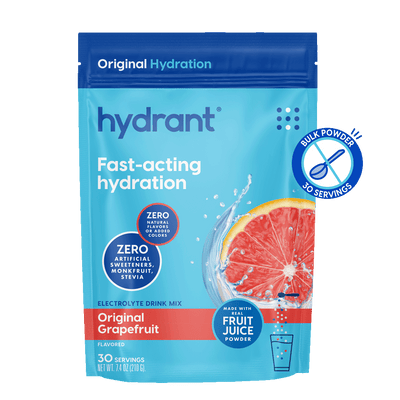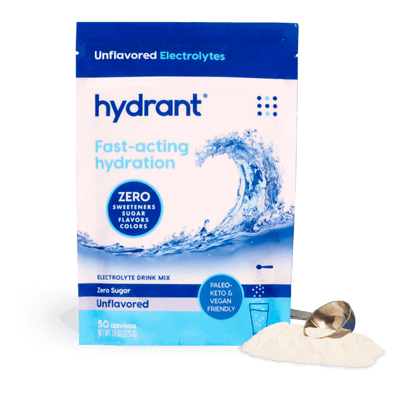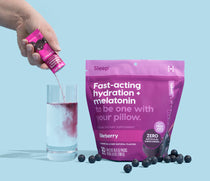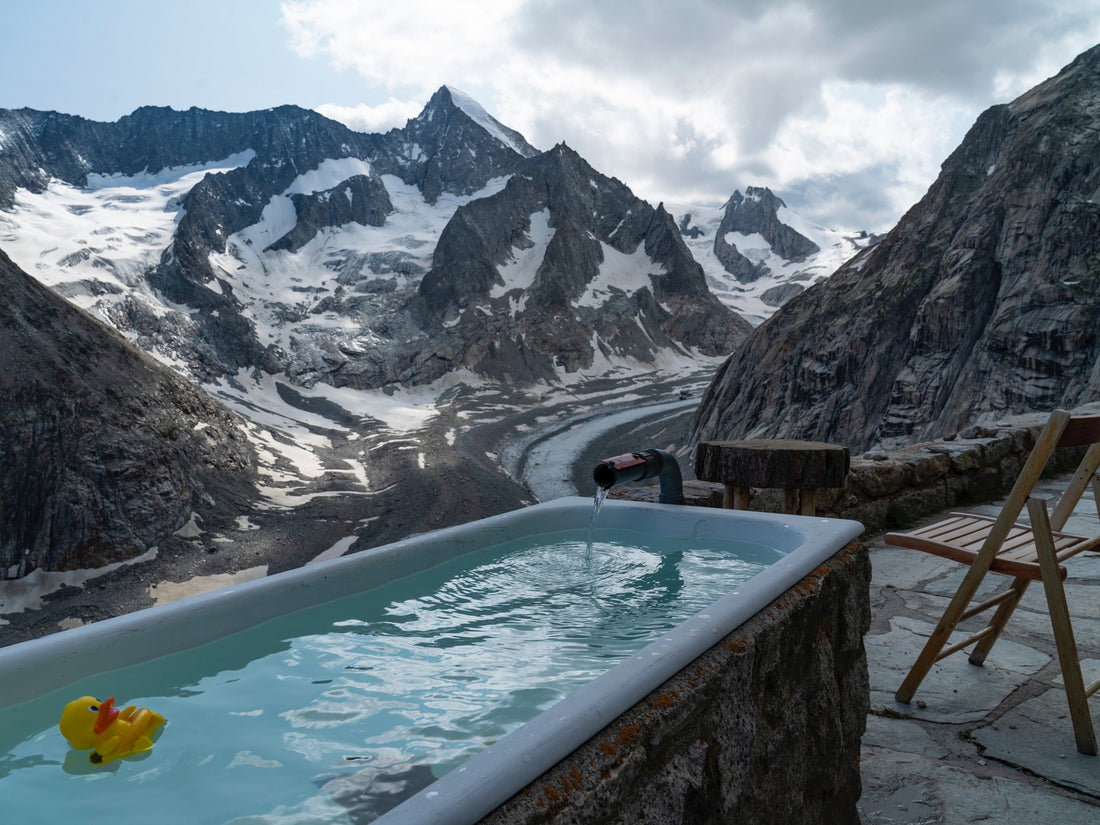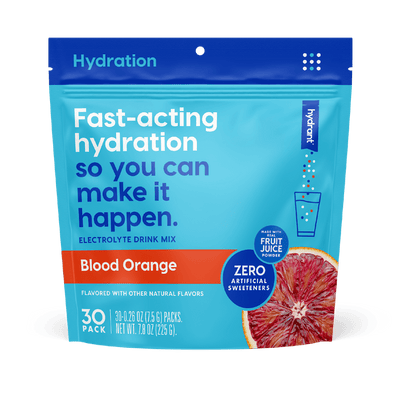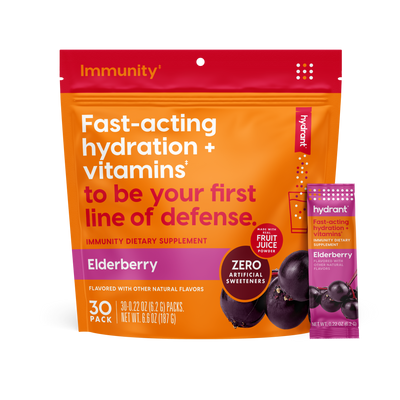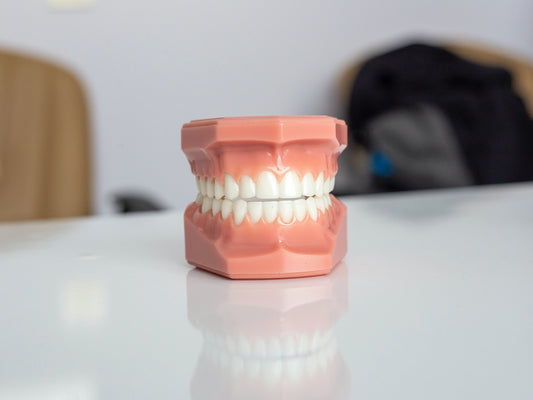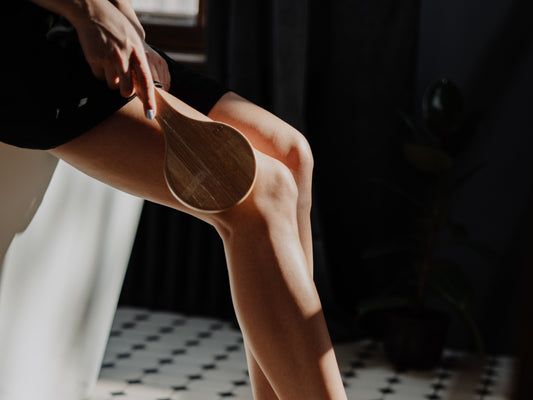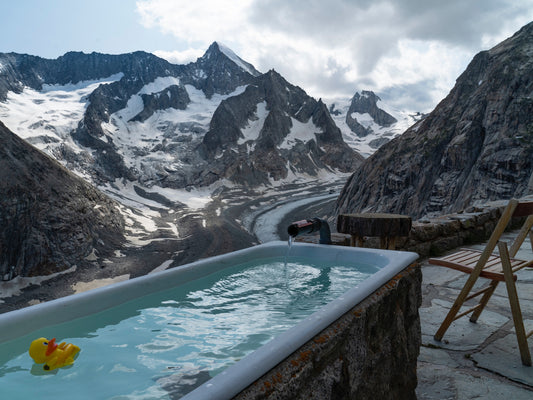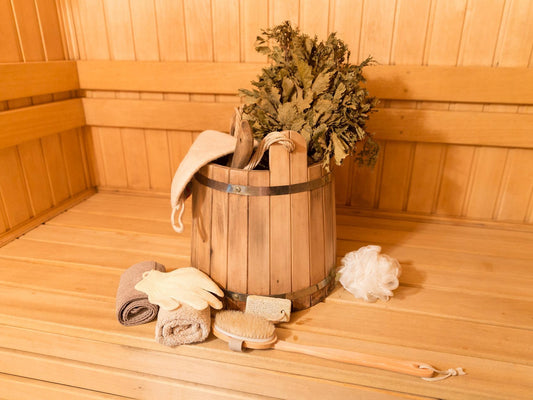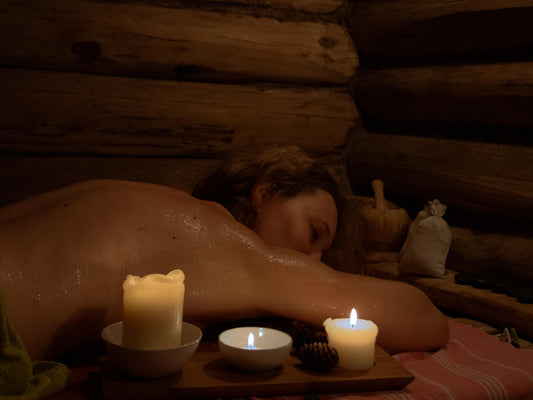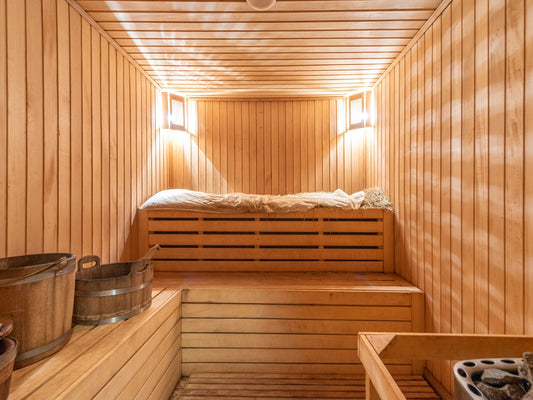What Is the “Hot Sauna Cold Plunge”?
The combination of sauna and cold plunge is very popular among Nordic cultures. Essentially, people spend 20 minutes in a sauna, then they take a quick dip in cold water or take a cold shower. This hot/cold therapy is known to have many benefits for our bodies, although it may seem intense, especially if you are new to this!
When you combine a sauna with a cold plunge, your body’s vessels constrict very quickly. This happens because of the cold-shock you give to your body after the hot temperature of the sauna.

This therapy is known to have several benefits [1]:
- It may help with inflammation;
- Improves blood flow, you’ll feel alert and full of energy;
- Pleasant experience for some, as this technique gives you a boost of adrenaline and release of endorphins, thus it may improve your mood;
- Heat/cold therapy is often used to decrease muscle pain and joint pain;
- As it improves blood flow, a sauna and cold plunge can improve your skin (the cold water will close your pores after the sauna).
Saunas are very popular in Finland and the word means “bath” in Finnish. It used to be a sterile way to clean yourself when there was no running hot water. In Finland, there are up to seven months of winter per year, so a very hot sauna was a pleasant way to get clean and warm up.
In Finnish tradition, people stayed in the sauna, then rolled around in the snow or jumped in a lake (without clothing!). This cold shock triggers the body’s “fight or flight” response, which increases the adrenaline levels and makes you feel awake and alert [2].
How to Prepare for Sauna
When done correctly, a sauna session can be rejuvenating for both body and mind. Before entering the sauna, you want to drink at least 33 oz of water to decrease the chances of dehydration.
New sauna users may be able to spend about 15-20 minutes at most in a sauna, while other experienced users could stay up to 45 minutes. This depends on how your body reacts; if you start to feel uncomfortable, it’s best to end your session early.
Once your sauna session is done, rehydrate your body using water or hydration drinks and use clean towels to get dry.
How to Get the Most Out of a Sauna Session

To reap all the benefits of a sauna session, we’ve put together a few tips regarding what you should do before, during, and after your sauna experience.
Before Sauna
If you’ve never taken a sauna before, you need to plan carefully to make sure you don’t suffer from dehydration symptoms. As you will sweat a lot while in the sauna, it’s best to schedule your session later in the day, so you have enough time to hydrate before. Make sure to add at least two more glasses of water than usual in order to make up for the fluids you’ll lose with your sweating.
Before the sauna, you should avoid alcoholic drinks. Alcohol dehydrates your body and decreases your blood pressure. Instead, you could opt for any other hydrating drinks, including water, electrolyte mixes, and smoothies.
Also, before entering the sauna, you should:
- Take a quick shower to eliminate all dust and dirt from your skin, open your pores, and relax your muscles. Avoid using any creams, makeup, and other products – your skin should be completely clean before entering the sauna to avoid clogged pores.
- Remove jewelry as these accessories can heat up during the sauna session and burn your skin. Also, if you use a swimming suit, this should not have any metal plates or accessories that could heat up.
- Don’t bring in any tech or books, as they could be damaged in the sauna session. Take this opportunity to completely disconnect from technology and simply relax!
- Don’t forget to bring a couple of clean towels for during and after the sauna.
During Sauna
To make the best out of your sauna session, you may want to consider the following aspects:
- Start with a short sauna experience if you are a beginner; you may want to start without exceeding 10-15 minutes. If this seems too much, you can always step outside for a few seconds and then go back inside. Leave the sauna immediately if you start feeling dizzy, lightheaded, or nauseous.
- When sitting in the sauna, the bench can get really hot, so it’s best to put a towel before sitting on it;
- Clear your head of all daily problems and stress and try to relax during your sauna session. Take deep breaths to help relax both your muscles and your mind.
After Sauna
Once you are done with your sauna session, you may want to use a clean towel to dry your skin. It’s recommended to put on loose, comfortable clothes that allow your skin to breathe. You may be sweating for quite some time after the sauna.
Because of sweating, your body loses lots of fluids and electrolytes during the sauna session. As soon as you step out, it’s best to have water to rehydrate or opt for an electrolyte drink to replenish your electrolyte levels and avoid dehydration.
Finally, as it’s not recommended to eat before the sauna, you could have a snack or a light meal. Alternatively, you may want to boost the benefits of your sauna session and take a cold plunge right after you step out.
How Does a Cold Plunge Work?

A cold plunge means that you immerse yourself in cold water or take a cold shower. This practice is popular among athletes because it speeds up body recovery. Other people take a cold plunge after their gym workouts just to alleviate the soreness, while some may go for a cold plunge just to benefit from the the rush of adrenaline.
Cold plunges are a form of cold therapy. If you have ever put packs of ice on a sprained ankle or on your forehead when you have a fever, you’ve already used cold therapy.
Cold water immersion was proven to help decrease the inflammation in your body [3], which is why applying ice packs to a sore area helps to decrease the swelling and pain.
As cold plunges have benefits on their own, some people prefer to maximize them in combination with a sauna. Research has also shown that, even though this experience may be unpleasant for some, a sauna and a cold plunge are extremely beneficial for our bodies. For a cold plunge, some people may just take a dive in a frozen lake, take an ice bath, or a very cold shower – depending on what option is most convenient for you.
Cold plunging after the sauna is nothing new. Scandinavian countries have been practicing this for hundreds of years. In the right conditions, putting your body through a heat shock, then a cold shock can unlock several health benefits, including muscle relaxation and relief from arthritic symptoms, inflammation, and even hypertension [3].
Tips for Cold Plunging
If you’ve decided to combine the benefits of cold plunging and saunas, here are some tips on how to start:
- If you are a beginner, start by taking a lukewarm shower after sauna; as you get more experienced, you can slowly turn off the hot water completely;
- The recommended time for cold plunging is 30 seconds for beginners, and 2 minutes for intermediate and experienced people. Experienced individuals may even opt for a bathtub filled with ice water (or swimming in an icy lake).
These guidelines can be adapted to your body’s response, and you’ll see that even as a beginner you may be able to handle the cold therapy for longer than 30 seconds. It’s important to listen to your body – if you need to get out of the cold water, make sure you do so and raise your body temperature again.
You can start with just lukewarm water, to then move to cool water and finally turn off the hot water completely. A cold shower is less likely to put your body through a huge cold shock, which would happen if you take a bath.
Even if you are experienced, it’s not recommended to spend more than 5 minutes cold plunging. Some elite athletes may be able to spend up to 15 minutes cold plunging, but keep in mind that you need to adjust to it gradually and listen to your body – spending 2 minutes cold plunging can be as beneficial as 15 minutes, especially if you are not an elite athlete.
Summary
Sauna and cold plunge is a heat/cold therapy that has many health benefits, including quicker recovery after intense physical exercise, helping with hypertension, lowering inflammation in your body, and deep relaxation effects. People feel alert and have an improved mood after a sauna and cold plunge.
This technique improves our overall health and immune system, and even helps with many mental health conditions, including depression. In addition to this, stepping into a cold shower right after a sweaty sauna session closes your pores quickly and improves the health of your skin.
References



